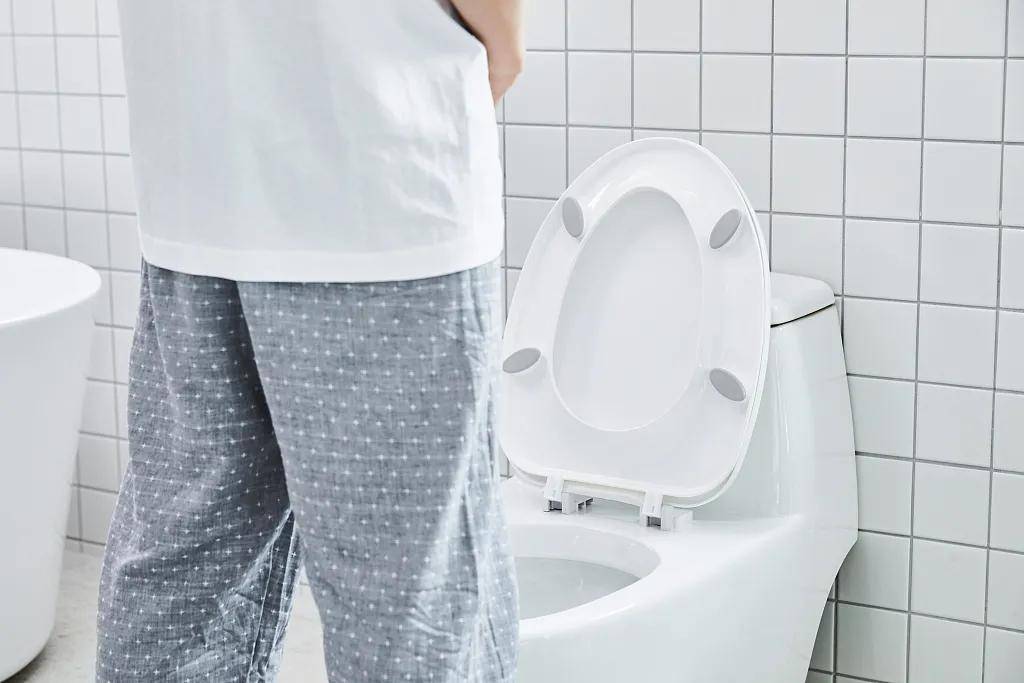Most organs in the human body stop developing after puberty, but there is one exception, which is the “prostate.” Known as the “life gland” of men, the prostate undergoes “secondary development” under the influence of androgens after the age of 30, continuously increasing in size and growing larger with age.
Generally speaking, by the age of 45, men experience varying degrees of prostate hyperplasia, though some may only show signs by age 50. The prevalence of prostate hyperplasia is quite common; what signs in daily life might indicate it? What harms can prostate hyperplasia bring to the body? How can the growth of the prostate be slowed down? Don’t worry, let me take you to find out!
Key Point 01 Three signs that may indicate prostate hyperplasia
1. Increased frequency of urination, feeling anxious to find a toilet at the slightest urge, inability to hold urine;
2. Long waiting time to start urinating, difficulty in urination, short range, thinner urine stream, interruptions during urination, etc.;
3. Feeling of incomplete urination after finishing, with prolonged dribbling.
Key Point 02 What harms can prostate hyperplasia bring to the body?
1. Urinary tract and reproductive tract infections
If early symptoms like urgency and frequency of urination are ignored, it can lead to urinary tract infections.
2. Affected bladder function
If not treated timely and effectively, it can damage the bladder detrusor muscle, affecting bladder function, worsening urgency and frequency of urination, and even leading to inability to urinate.
3. Kidney function damage
If it continues to develop, residual urine in the bladder can lead to hydronephrosis, further damaging kidney function.
4. Insufficient sleep
Severe patients may experience nocturia more than 10 times, significantly affecting sleep and quality of life.
5. Potential damage to the cardiovascular system
Insufficient sleep can affect the cardiovascular system and other bodily systems, and also increase the risk of falls.
If there are repeated or persistent symptoms of increased daytime urination, increased nocturnal urination, or long waiting times to start urinating, benign prostatic hyperplasia should be the first consideration. Doctors will conduct a diagnosis through digital rectal examination, prostate ultrasound, and urine flow rate testing.
Key Point 03 Five things to slow down prostate growth
1. Drink ≥1700 milliliters of water daily
When water intake is reduced, urine becomes concentrated; when the frequency of urination decreases, harmful substances in the urine can accumulate and concentrate in the posterior urethra for long periods, all of which can harm the prostate, kidneys, and bladder.
Normal males should drink at least 1700 milliliters of water daily, preferably in several small amounts.
2. Quit smoking and drinking, and reduce spicy food intake
Research abroad has found that after smokers inhale four cigarettes, there is a noticeable secretion of metabolic prostaglandins, increasing the risk of prostate disease. A long-term diet high in spicy foods can keep the prostate in a congested state.
Consuming seeds like pumpkin seeds in moderation is recommended; control meat consumption, as excessive intake of animal protein-rich foods may be an important cause of prostate hyperplasia.
3. Avoid holding urine or prolonged sitting
Prolonged sitting leads to the accumulation of metabolic waste and poor blood circulation, which can cause prostate duct obstruction and hinder secretion. It is best not to maintain a sitting position for more than 2 hours. Avoid holding urine; urinate every 2-3 hours.
4. Engage in jumping exercises
It is advisable to do more jumping exercises regularly, as the prostate will follow the body’s slight vibrations and promote internal metabolism, such as jumping rope, squat jumps, jumping jacks, etc. Practicing for 20-30 minutes daily is sufficient.
Specifically, you can do Kegel exercises: while inhaling, slightly contract the surrounding muscles, lift upward, hold the breath for 2-3 seconds, then exhale and relax. Repeat 30 times as one set, and do 3-5 sets daily.
5. Regular health check-ups
Health check-ups can effectively detect prostate lesions, so regular check-ups are essential. Men with normal prostate exams may gradually show signs of enlargement as they age, so one should not be complacent just because there were no previous issues.


